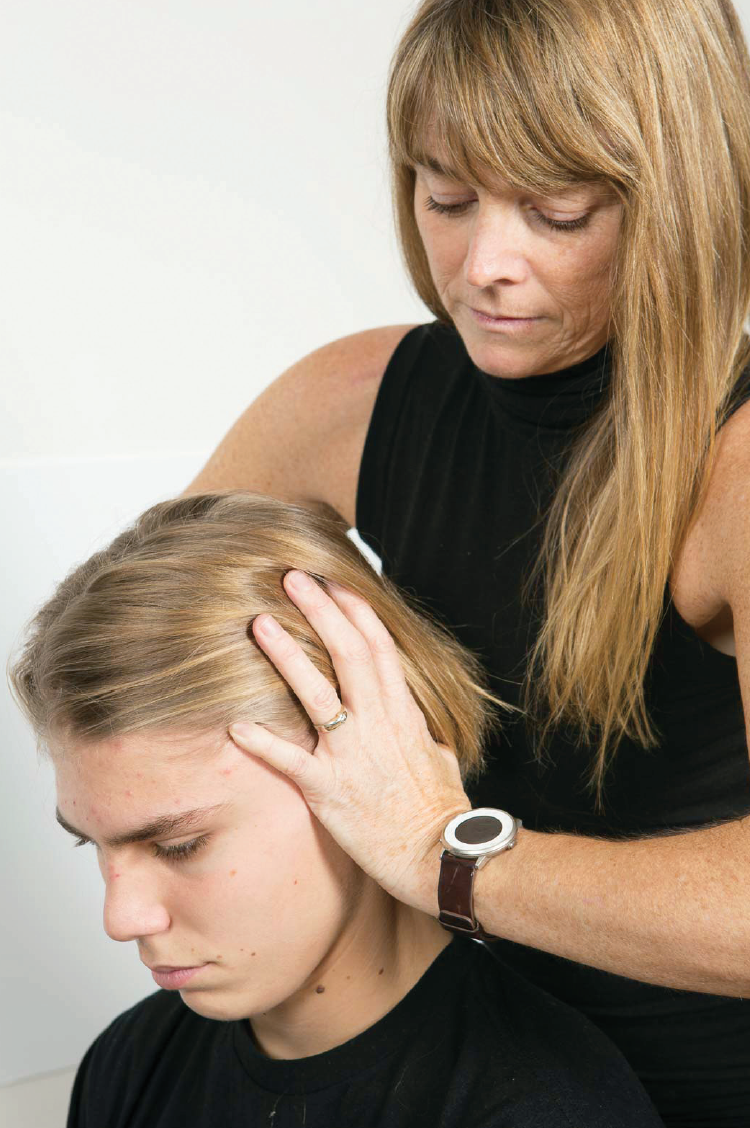Concussion: Could Your Symptoms Be Coming from Your Neck?

In 2012, Sydney Crosby spent most of his season sidelined due to concussion related symptoms, which he later discovered were related to neck dysfunction and were treatable. While most clinicians focus on the brain as the cause of concussion related symptoms, it is important to remember that a concussion often involves a whiplash or twisting mechanism that could also injure the neck.
The upper neck is the most mobile part of our spine which makes it more vulnerable to injury. Injury to the neck can lead to misalignment of the vertebra, soft tissue injury and mechanoreceptor dysfunction. Mechanoreceptors have a very important role as they send information to your brain about where your body is in space. When the neck is not aligned properly, or the muscles are injured, mechanoreceptors no longer send the correct information. Usually the eyes, inner ear and neck receptors all work together to help your body move effectively in space. When the neck is injured, mechanoreceptors transmit the wrong information, which results in a mismatch between all of these systems. This mismatch leads to brain confusion and results in symptoms of dizziness, nausea and ‘not feeling right’. Misalignment of the upper neck joints can also lead to compression of nerves which can cause pain into the base of your skull, face, and eyes which all mimic concussion related headaches.
At Resolution Physiotherapy in Barrie, Ontario, evaluation of the upper neck is an important part of our concussion assessment. Their Physiotherapists all have post-graduate training in concussion assessment and treatment, as well as upper neck dysfunction which allows us to effectively evaluate and treat concussions and cervicogenic headaches. If we can identify and treat upper neck dysfunction immediately following a concussion, we can ensure that we quickly resolve any headaches which may be coming from our client’s neck instead of from the concussion and ensure our clients recover as quickly as possible. Treatment of upper neck dysfunction includes joint mobilization/manipulation to realign the upper vertebrae, IMS dry needling to reduce muscle tone related to nerve compression, and active and passive myofascial release. We also educate our clients in proprioceptive (position sense) retraining and core strengthening for the neck to maximize functional performance. Strengthening the neck may also reduce the risk of future concussions. A research study completed in 2014, found that for every one-pound increase in neck strength, there was a fivepercent reduction in concussion risk. It is for this reason that we encourage all our athletic clients to complete an extensive neck strengthening program, using a variety of exercises including ‘iron neck’ exercises. If you think your neck may be delaying your concussion recovery or would like to ensure that your upper neck is evaluated in your initial concussion assessment and treatment, Resolution Physiotherapy can help.







